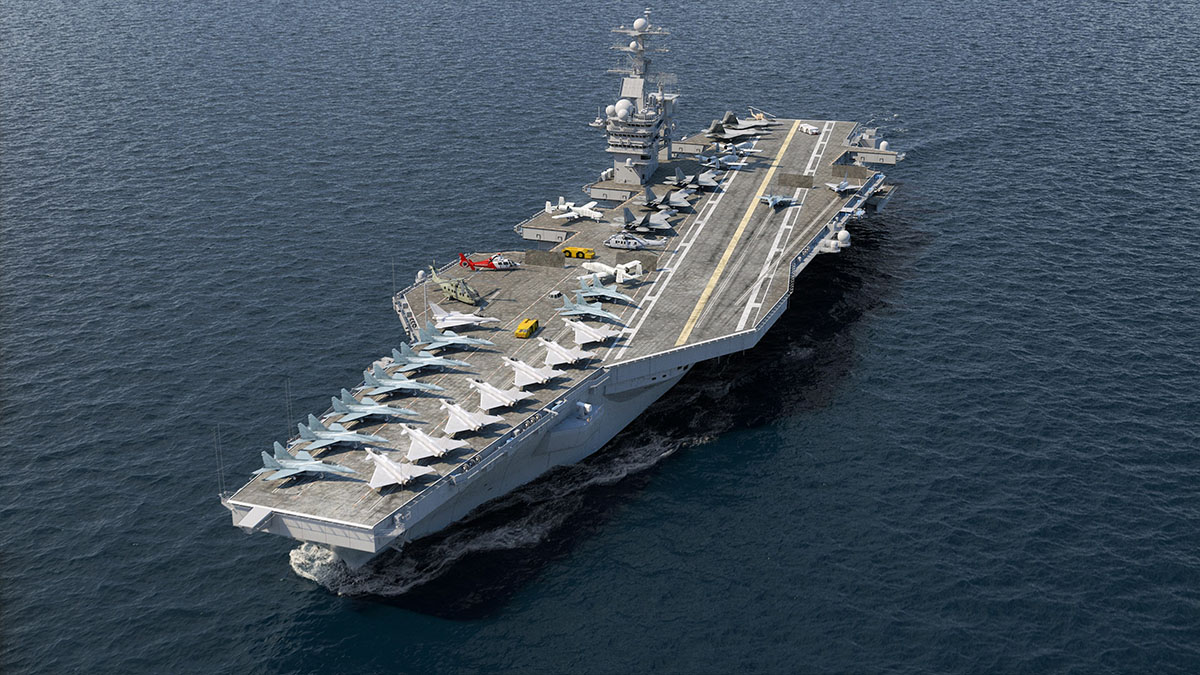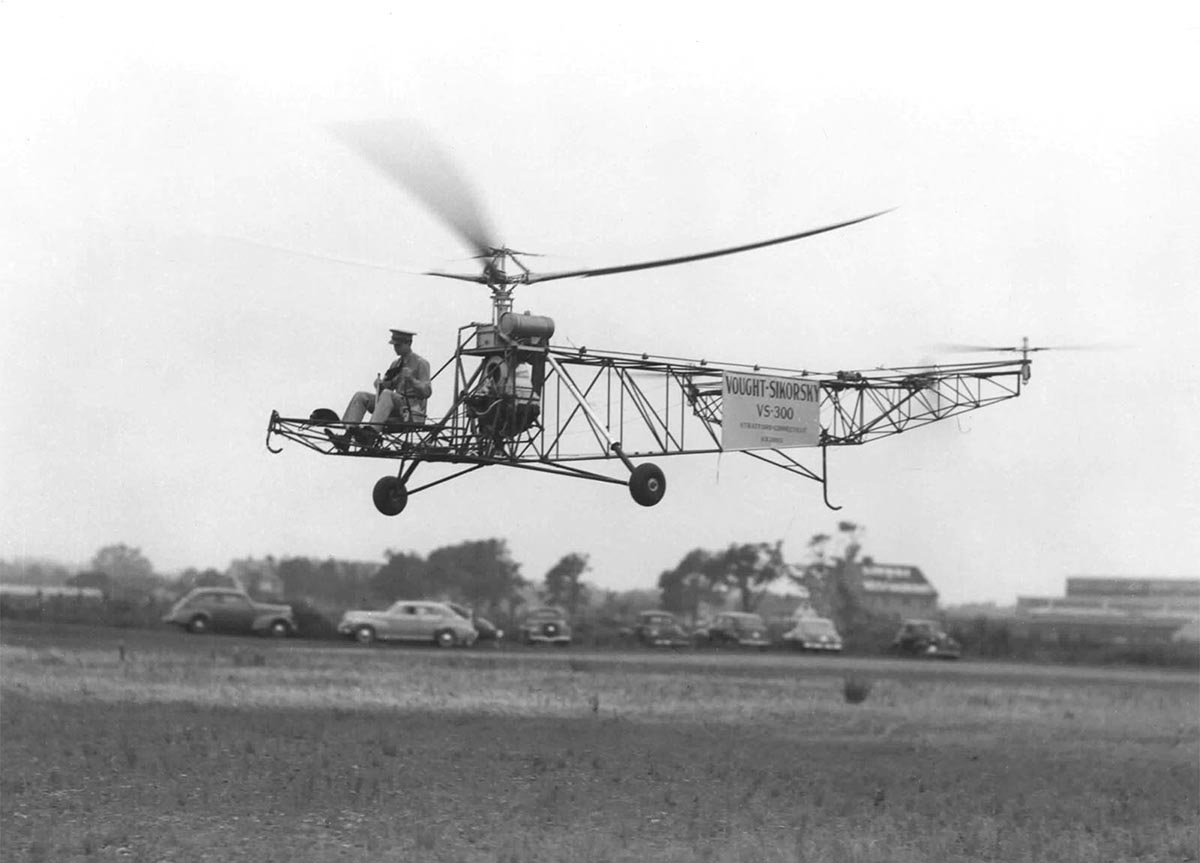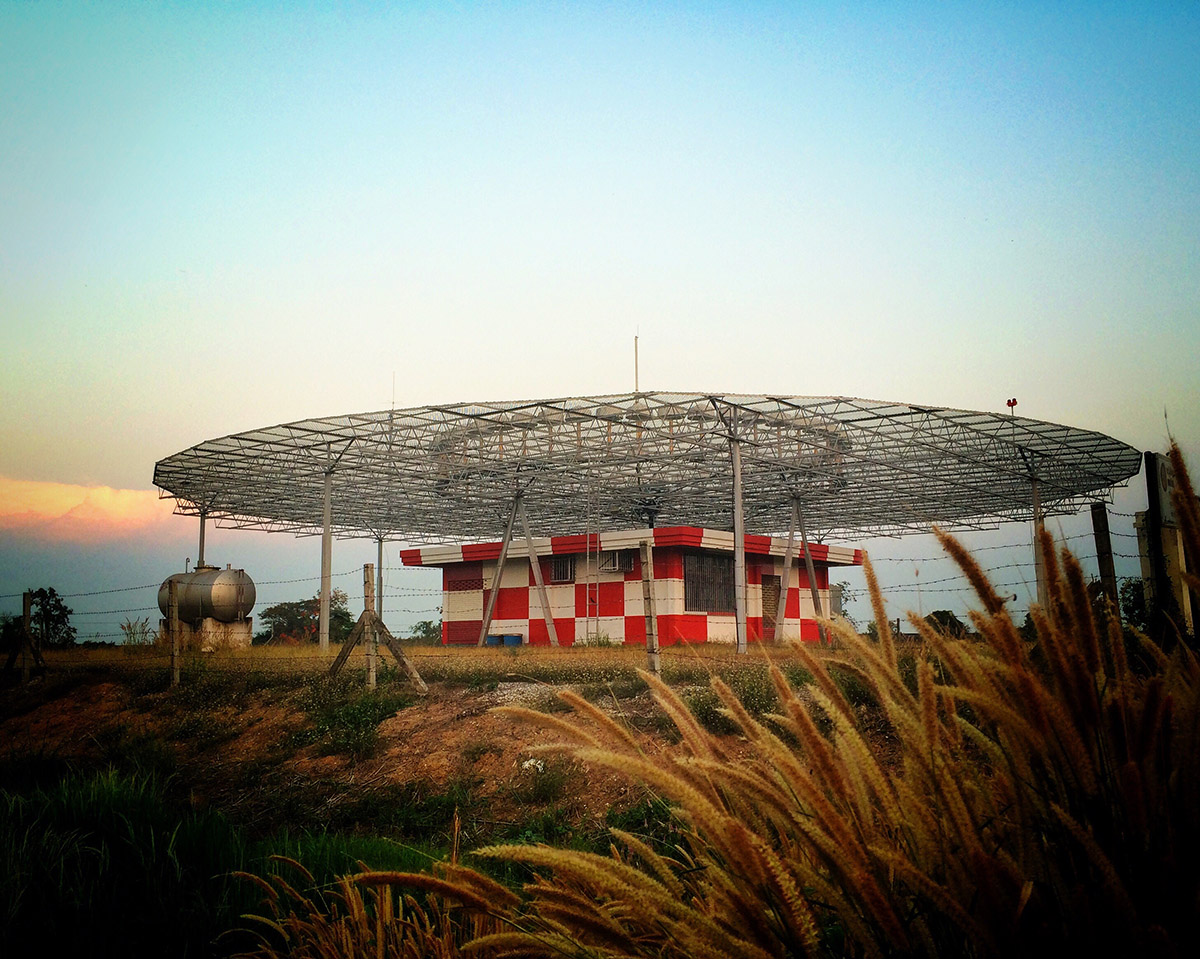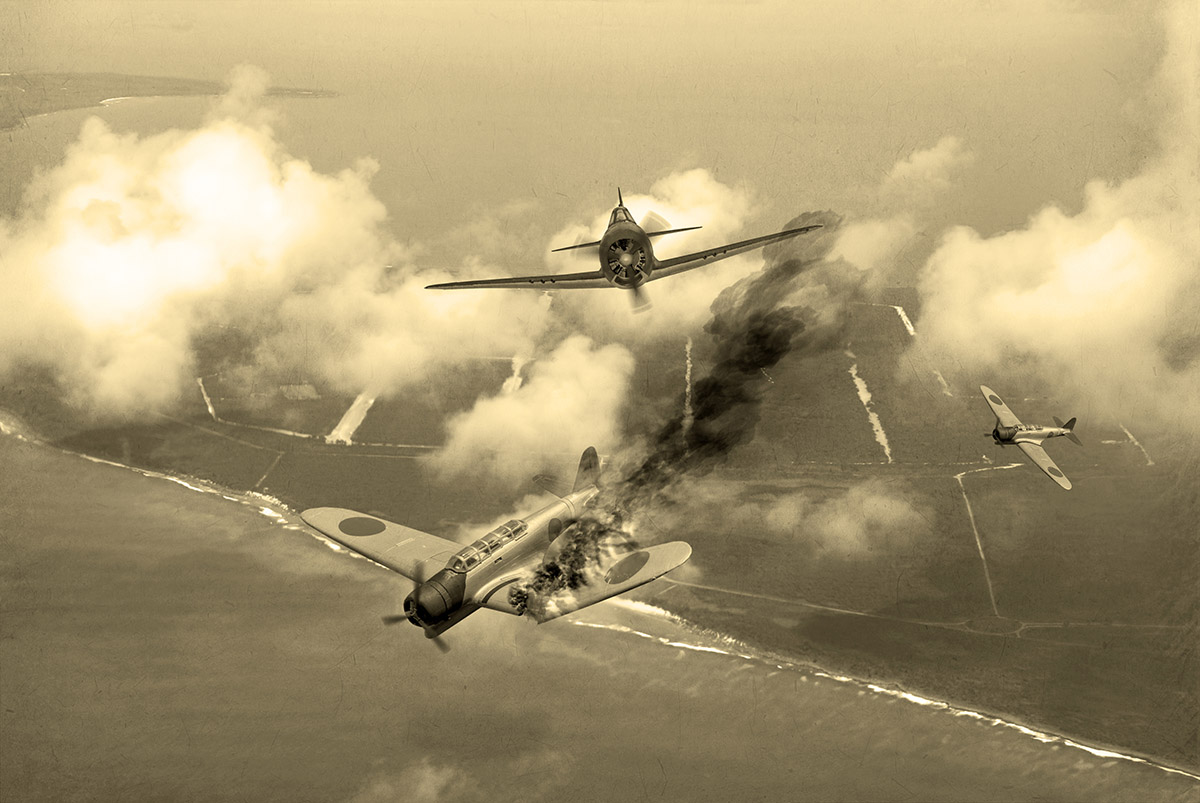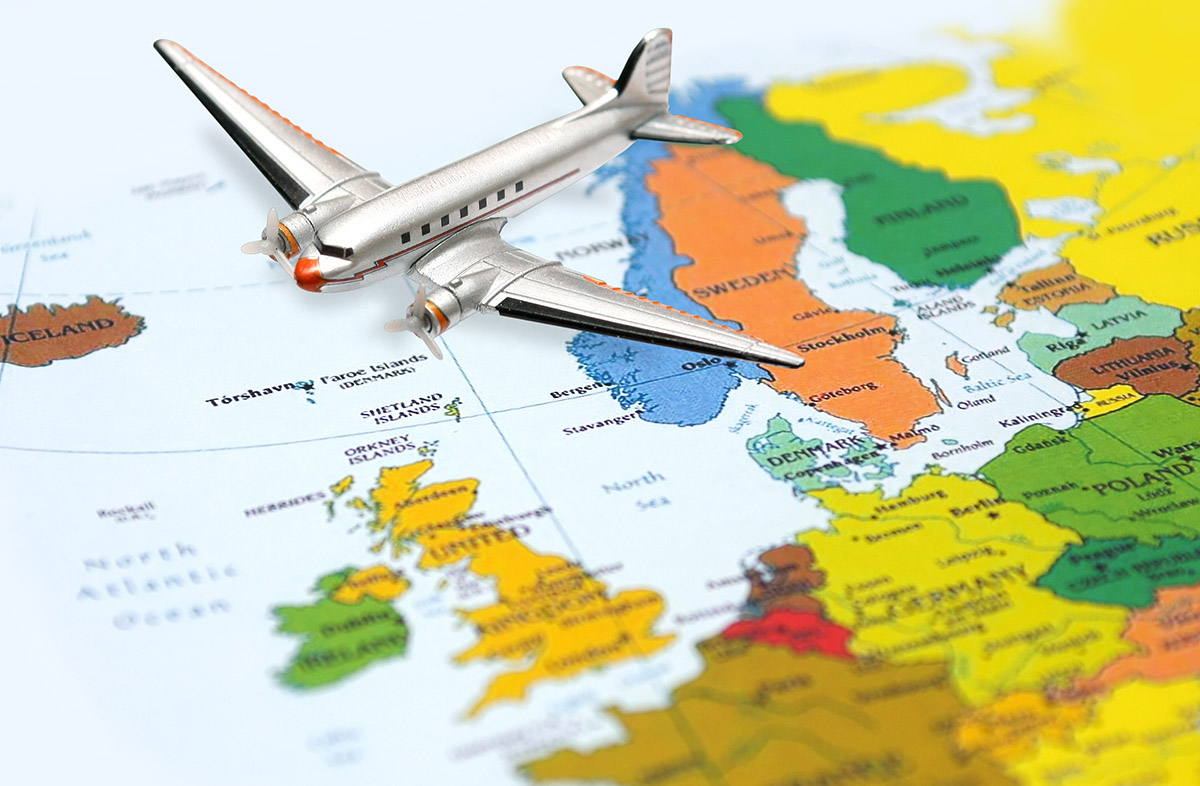The United States is undeniably a powerhouse in various aspects, especially when it comes to military might. Over the years, this country has relied on aircraft carrier service to extend its military influence on both land and sea while also protecting its territory from aerial threats.
So, how many aircraft carriers does the U.S. have? Keep scrolling to find out.
In this article:
How Many Carriers Does The U.S. Have?
The United States currently has 11 carriers in operation, with the Vinson, Gerald Ford, and Eisenhower currently being deployed. USS Carl Vinson is located in the Philippines, Eisenhower is stationed in the Red Sea, and USS Gerald R. Ford is coming back from a long mission in the Mediterranean and Atlantic.
How about the remaining carriers? They are either returning from deployments or undergoing preparations for future missions.
- The USS Truman has just wrapped up a Planned Incremental Availability (PIA) period involving minor upgrades that allow it to handle the F35C fighter. The USS Bush is just beginning a similar upgrade process.
- The USS Nimitz docks at Naval Base Kitsap (Washington) and might embark on one final deployment before finally retiring in 2025.
- The USS John C. Stennis is undergoing a Reactor/Complex Overhaul, a comprehensive refurbishment that includes nuclear reactor refueling.
- Based in Japan (Yokosuka, to be exact), the USS Ronald Reagan returned to port after its tour across the South China and Philippine seas. As the only American carrier stationed overseas in the Asia-Pacific region, Reagan undertook shorter, more regular deployments.
- Expected to deploy in 2024 are the USS Abraham Lincoln, USS Theodore Roosevelt, and USS George Washington. USS Reagan might also deploy, although it’s likely to be limited to Pacific regions.
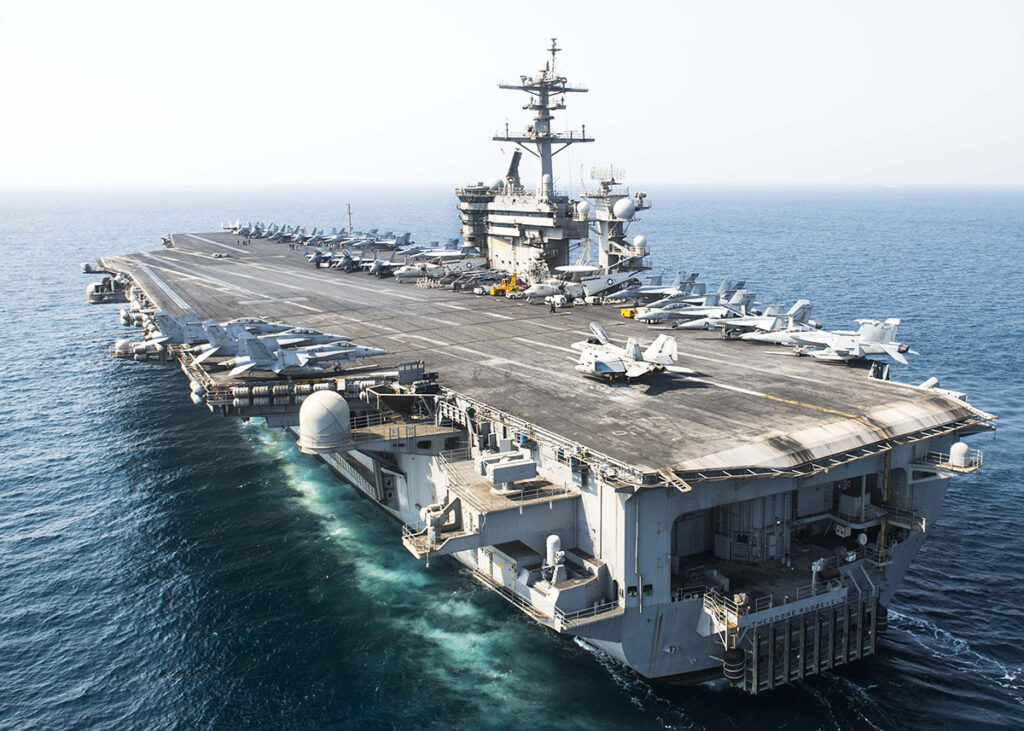
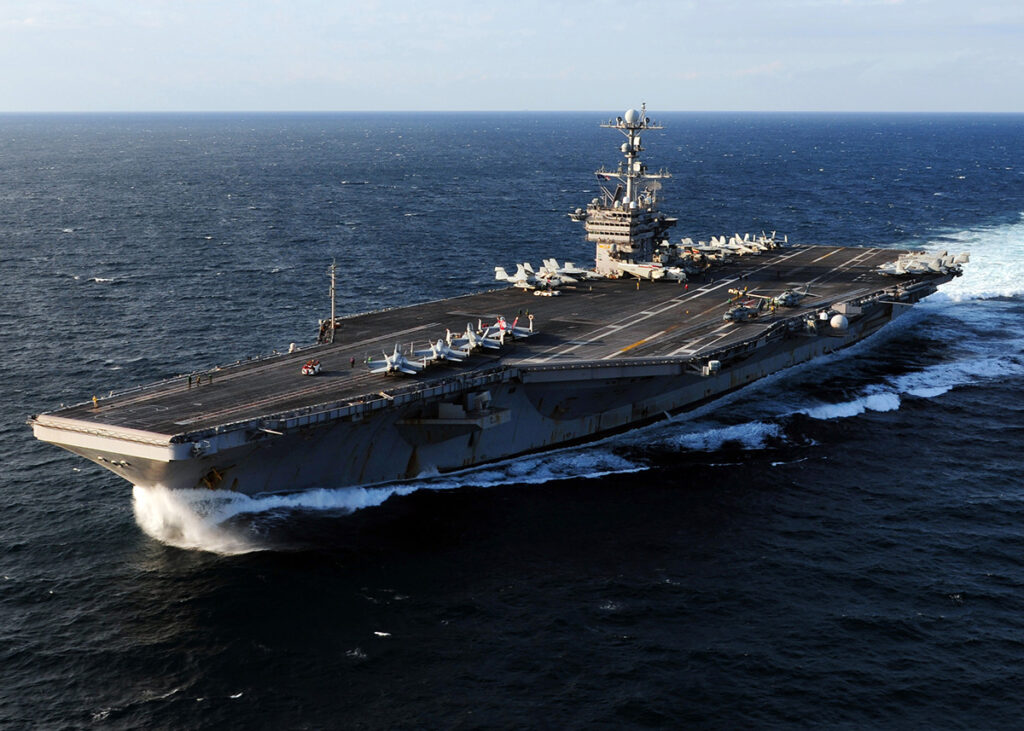
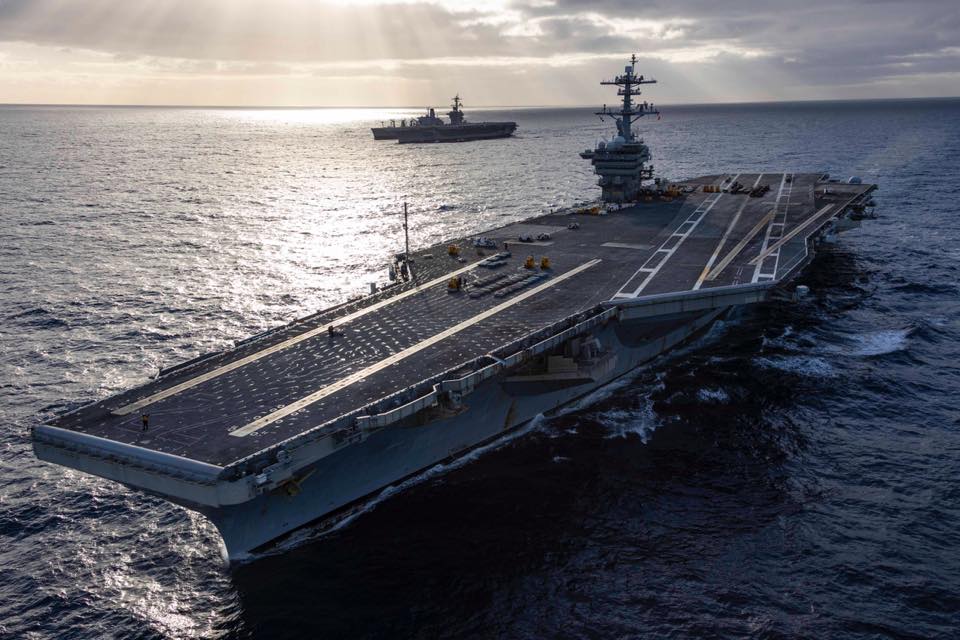
The 1/3 Rule
As you can see, although there are 11 active aircraft carrier fleets in the U.S., it’s uncommon to have them deployed all at once; the Navy only employs around 3-4 carriers simultaneously.
Of course, there are exceptions: one example is December 2022, when 5 carriers (out of 11) were operating at the same time.
The general rule for military unit deployment (whether combat division or aircraft carriers) follows a cycle of three units for each one deployed. That means:
- One unit is actively deployed.
- Another is getting ready to take over its place.
- The third is returning from deployment.
This cycle allows for better training and hardware preparation, followed by active deployment on the field and, finally, a full rest period for the unit.
How About Other Countries?
There are (approximately) 46 helicopter/aircraft carriers currently in active service worldwide.
The U.S. tops the list with 9 helicopter carriers and 11 aircraft carriers, almost equaling the total number of carriers from all other nations combined. France and Japan follow closely behind, each with 4 carriers. Meanwhile, eleven other countries operate at least 1 carrier, with several more being built.
| Country | Aircraft carriers | Helicopter carriers | Total |
| United States | 11 | 9 | 20 |
| China | 2 | 3 | 5 |
| Japan | 0 | 4 | 4 |
| France | 1 | 3 | 4 |
| India | 2 | 0 | 2 |
| Egypt | 0 | 2 | 2 |
| United Kingdom | 2 | 0 | 2 |
| Italy | 2 | 0 | 2 |
| South Korea | 0 | 2 | 2 |
| Australia | 0 | 2 | 2 |
Other Types of Carriers And Combatants Registered In The U.S.
The last update was on 26 March 2024; contact the CNO (Chief of Navy Operations) staff for real-time numbers.
| Active Commission | Ship Battle Forces | |
| Total | 238 | 293 |
| Aircraft Carriers | 11 | 11 |
| Surface Combatants | 110 | 111 |
| Submarines | 69 | 67 |
| Amphibious Warfare Ships | 31 | 31 |
| Mine Warfare Ships | 8 | 8 |
| Combat Logistics Ships | 0 | 30 |
| Fleet Support | 7 | 34 |
| Auxiliary Support | 0 | 1 |
| Combatant Craft | 0 | 0 |
| Other | 2 | 0 |
Why Does The U.S. Invest In Aircraft Carriers?
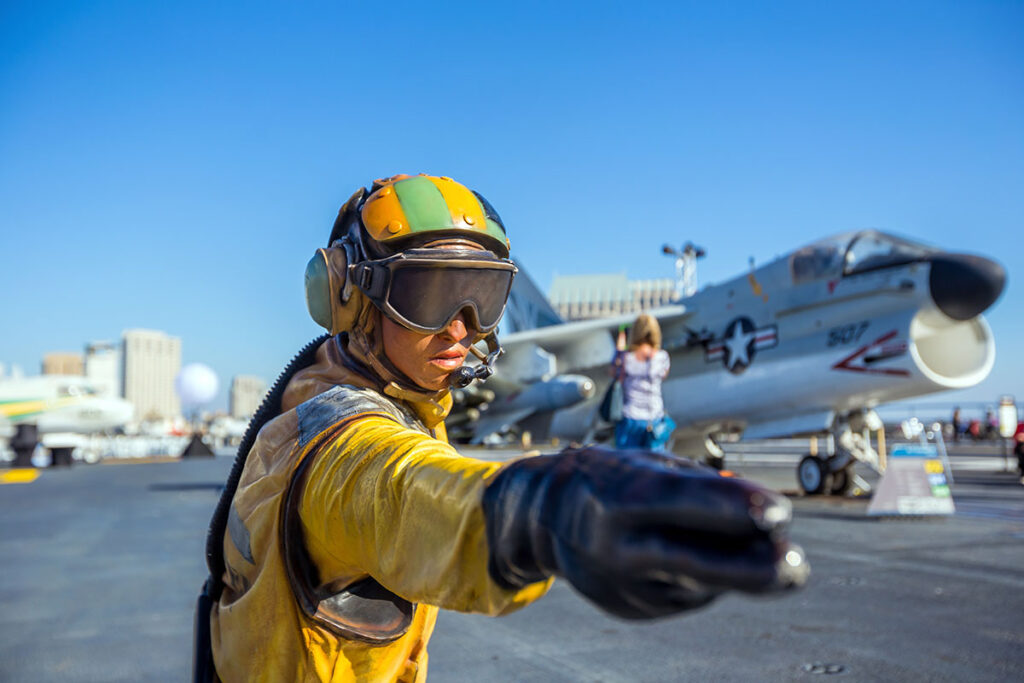
Great Survivability
Some assume carriers have lost their ground in warfare, but that cannot be further from the truth! In fact, these carriers are much more resilient than overseas bases (which the Army and Air Force rely on) since they are constantly on the move.
Let us explain. Most adversaries know the exact locations of U.S. land bases in Eurasia, so these bases would likely be targeted and destroyed quickly in any major conflict.
On the contrary, aircraft carriers are very mobile, so tracking the location of American aircraft carriers is not easy. In the war, carrier strike teams could easily fend off hostile aircraft (drones included) and neutralize most enemy targeting operations.
Advanced Aircraft Carrier Technology
It’s no news that carriers are more and more advanced over time. The Navy plans to build Ford-class carriers that can produce 300% greater electricity than conventional carriers, boosting the daily rates of aircraft sorties by roughly 25%.
And that’s not all! One of the most significant changes is the future introduction of the F35C joint fighters on flight decks, which fly 40% farther than older aircraft without much refueling.
With its impressively extended reach, stealth capabilities (making it undetectable by radar), and network sensors for situational awareness, the F35C will definitely revolutionize carrier and air wing operations in all challenging situations.
U.S.’s Controversial Amount Of Spending On Defense
It’s no secret that the United States of America spends more on aircraft carrier operations and defense than a dozen countries combined. To this day, people still have differing opinions on whether this is the right approach.
Supporters of the decision believe a strong defense budget is crucial for national security. Given the potential threats from various quarters, a powerful military can help deter aggression and protect the country against attacks.
Furthermore, as a global superpower, America always plays a huge role in international stability. Hence, its duty (and the U.S. Army) is to fulfill its commitments to allies worldwide and contribute to peacemaking efforts in conflict-prone regions.
On the other hand, some argue that excessive spending on defense takes resources away from other important domestic needs like healthcare, education, infrastructure, and social programs.
Redirecting funds from defense to these areas could have addressed underlying issues and improved citizens’ overall quality of life. Also, too much emphasis on military operations might hinder diplomatic efforts to peacefully resolve conflicts and foster cooperative relationships with other nations.
See more:
Conclusion
The United States Navy has 11 aircraft carriers in service; this list of aircraft carriers is longer than most other nations combined! Even today, there’s still a debate about whether spending that much on military powers is the right call for this “Superpower” country.

